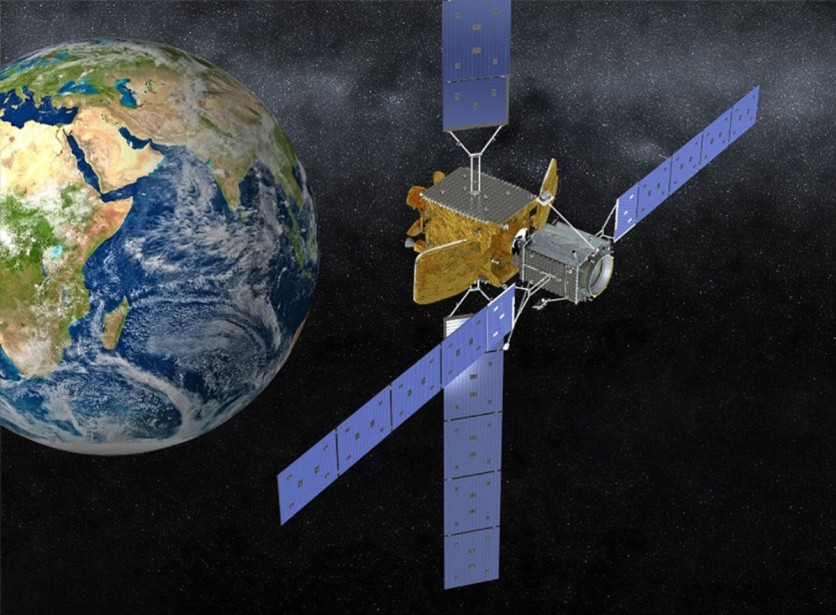
Northrop Grumman and NASA are gearing up to launch the first ever refuelling spacecraft designed to extend the lifespan of satellites sent into space.
Known as the Mission Extension Vehicle (MEV), the spacecraft will service commercial satellites currently found in geostationary orbit just outside of Earth.
The MEV will track down and connect to any satellite in space that's already running low on fuel and replenish its supply. It will also provide attitude control and orbit maintenance to satellites that need them.
The first-of-its-kind spacecraft was developed by Northrop Grumman in partnership with NASA, through a no-funds exchanged agreement dubbed Collaborations for Commercial Space Capabilities.
"NASA is helping private industry advance commercial space capabilities that could benefit the government and other customers through these partnerships," said Phil McAlister, NASA HQ's commercial spaceflight director.
"Northrop Grumman did all the heavy lifting, but I am pleased that NASA was able to use its vast experience to help Northrop Grumman develop its satellite servicing capabilities."
McAlister added that NASA provided technical assistance in several areas, such as rendezvous and proximity maneuvers, management of electro static discharges between spacecraft, training for robotics operations, and helping improve the development of electric propulsion.
The first MEV, designated as MEV-1, is set to blast into space on Wednesday, Oct. 9, aboard a Russian delivery rocket. The launch will be held at the Baikonur Cosmodrome in Kazakhstan.
Satellite Refuelling
The Mission Extension Vehicle is meant to solve a fundamental problem commonly faced during spaceflight: refuelling. Spacecraft such as satellites can only bring a limited supply of fuel whenever they journey into space. Most often than not, these satellites run out of fuel long before their components cease to function.
Developers of the MEV plan to use the spacecraft to find satellites in orbit that are in need of refuelling. It can attach itself to almost any existing satellites currently in space, even those that were not designed to be serviced.
Since the MEV was built to stay operational for up to 15 years, it will accompany any ailing satellite and provide it with fuel for a few years. Once it's done, the spacecraft can then detached itself from the satellite and locate another one that it can help out.
MEV-1 And MEV-2
MEV-1 is scheduled to track down and link up with an Intelsat satellite. It will refuel the spacecraft to help extend its lifespan for another five years.
Meanwhile, MEV-2 will be launched into space sometime in 2020. It will also rendezvous and dock with another Intelsat satellite.
Once both MEV spacecraft complete their missions to support the Intelsat satellites, they are to undock and remain in space for the next few years. They are expected to have at least 10 years' worth of fuel left in them by that point.
Steve Krein, Northrop Grumman's VP of civil and commercial satellites, said the MEV will serve as an initial stepping stone in building a roadmap for delivering the future of space. He added that the company is continuing to develop next-generation satellite servicing vehicles, as well as in-space assembly and manufacturing technologies.
ⓒ 2025 TECHTIMES.com All rights reserved. Do not reproduce without permission.




